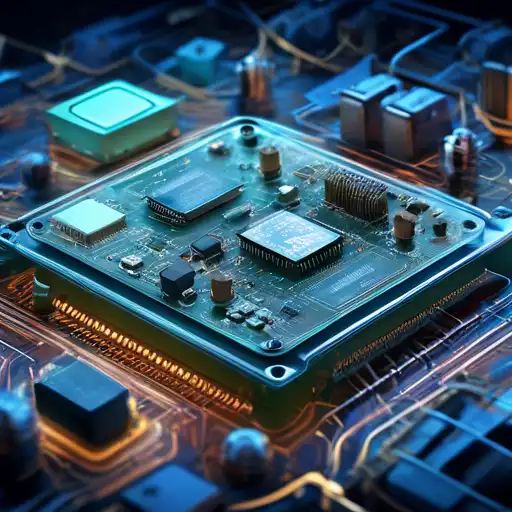Introduction to Embedded Systems
Embedded systems are the cornerstone of modern technology, acting as the brains behind countless smart devices we use daily. From smartphones to smart refrigerators, these systems ensure seamless operation and connectivity. This article delves into the world of embedded systems, exploring their significance, functionality, and impact on the Internet of Things (IoT).
What Are Embedded Systems?
An embedded system is a dedicated computer system designed for specific control functions within a larger system. It is embedded as part of a complete device often including hardware and mechanical parts. Unlike general-purpose computers, embedded systems are optimized for their particular tasks, leading to increased efficiency and reliability.
The Role of Embedded Systems in Smart Devices
Smart devices rely heavily on embedded systems to perform their intended functions. These systems process inputs from the device's sensors and execute commands to control various components. For example, in a smart thermostat, the embedded system reads temperature data and adjusts the heating or cooling system accordingly.
Key Components of Embedded Systems
- Microcontrollers: The heart of an embedded system, microcontrollers are compact integrated circuits designed to govern a specific operation in an embedded system.
- Sensors: These components gather data from the environment, such as temperature or light levels, which the system then processes.
- Actuators: Actuators convert the system's electrical signals into physical action, like turning on a light or adjusting a motor's speed.
- Software: The software in embedded systems is tailored to the hardware it runs on, ensuring optimal performance.
Embedded Systems and the Internet of Things (IoT)
The proliferation of IoT devices has significantly increased the demand for sophisticated embedded systems. These systems enable devices to communicate with each other and with users, creating a network of interconnected devices that can collect, exchange, and act on data. This connectivity is transforming industries, from healthcare to home automation.
Challenges and Future Directions
Despite their advantages, embedded systems face challenges such as security vulnerabilities and the need for continuous updates. However, advancements in technology are paving the way for more secure, efficient, and powerful systems. The future of embedded systems lies in their integration with artificial intelligence (AI) and machine learning (ML), enabling even smarter and more autonomous devices.
Conclusion
Embedded systems are indeed the brains behind smart devices, driving innovation and efficiency in the digital age. As technology evolves, these systems will continue to play a pivotal role in shaping the future of smart devices and IoT. Understanding their workings and potential is essential for anyone looking to delve into the tech industry or simply make the most of their smart devices.
